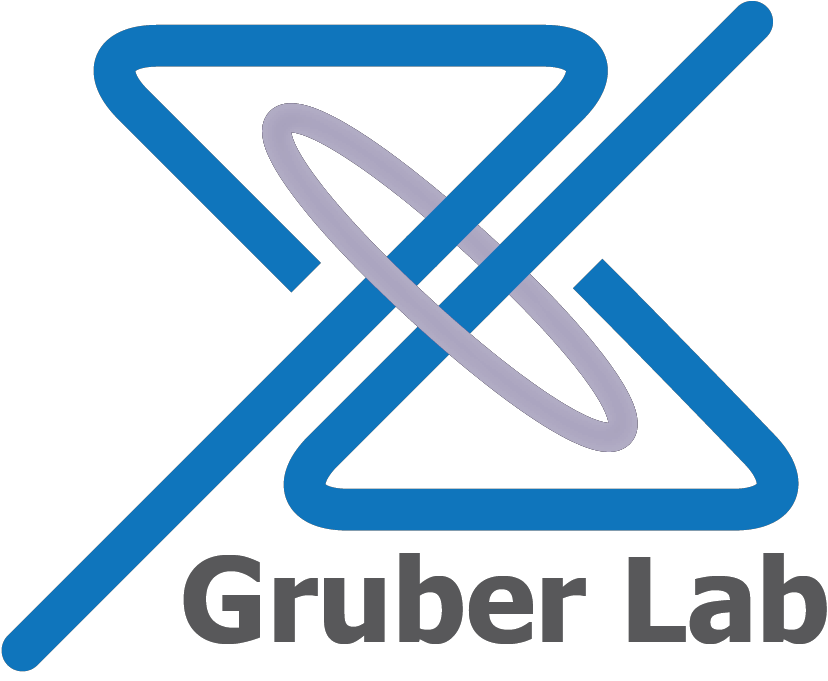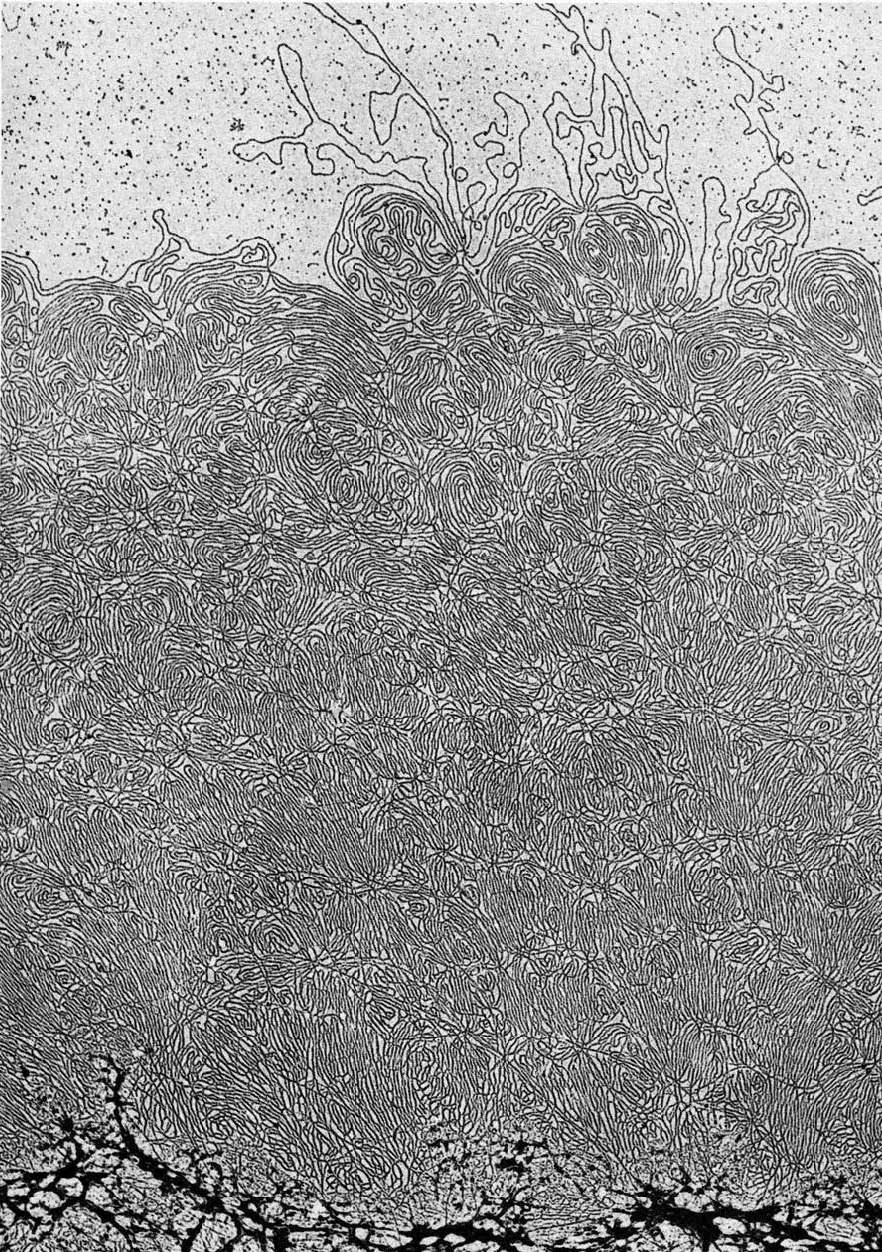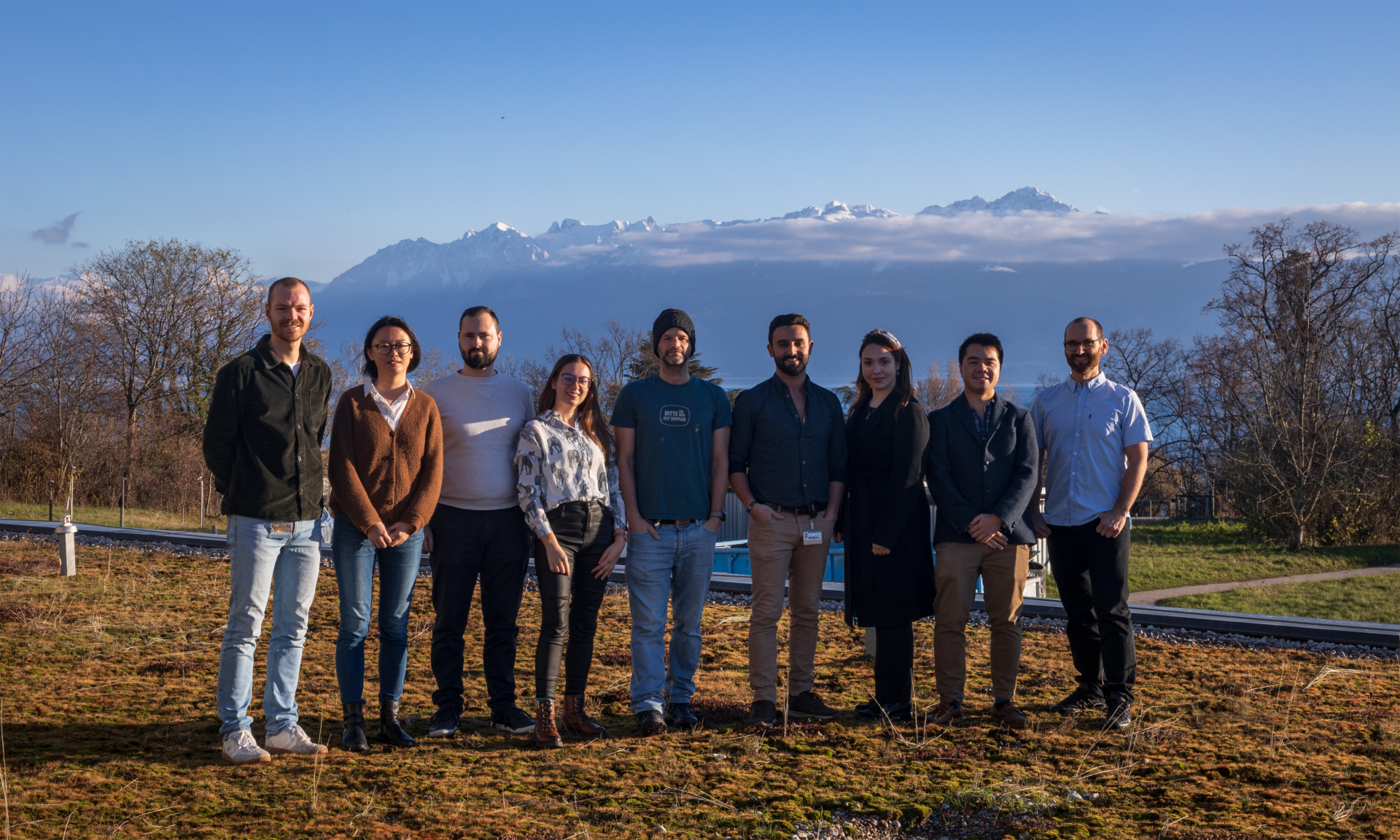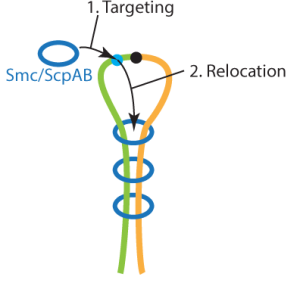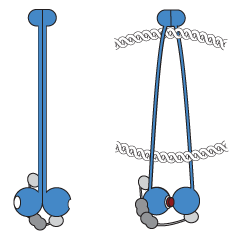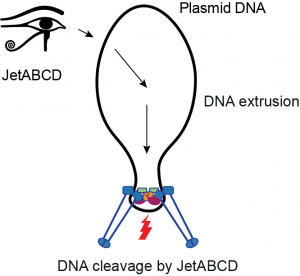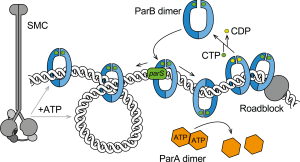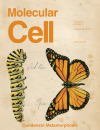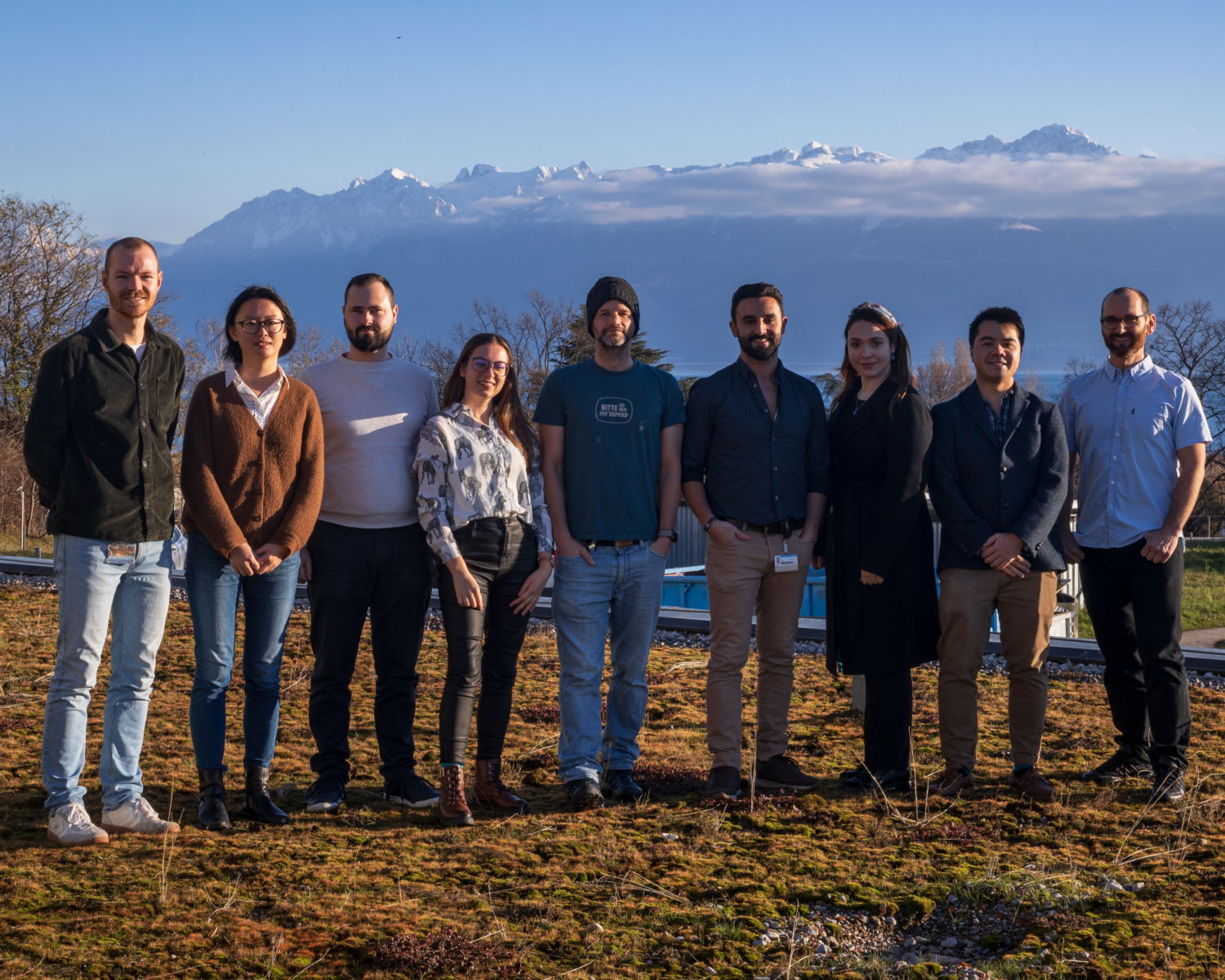
 |
Hammam Antar
hammam.antar[a]unil.ch
+41-21-692-5611
2017-2019 – M. Sc. Immunology, Microbiology & Infectious Diseases (IMD) – University of Grenoble Alpes, France
|
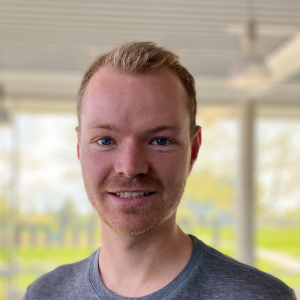 |
Joe Dickinson
joe.dickinson[a]unil.ch
+41-21-692-5611
2020-2022 – M. Sc. Molecular Life Sciences – University of Lausanne, Switzerland
|
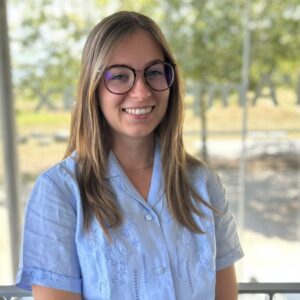 |
Ophélie Gosselin
ophélie.gosselin[a]unil.ch
+41-21-692-5611
2017-2019 – M. Sc. Biochemistry, Molecular and Cellular Biology – UC Louvain, Belgium
|
 |
Stephan Gruber
Short CV
stephan gruber unil ch
+41-21-692-5601
OrcID, WebOfScience, ResearchGate, Google Scholar
|
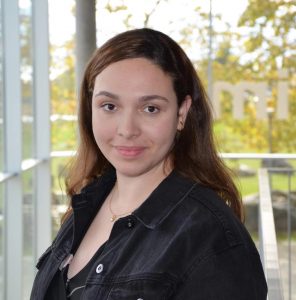 |
Maya Houmel
maya.houmel[a]unil.ch
+41-21-692-5611
2018-2020 – M. Sc. Genetics, Magistère Européen de Génétique, University of Paris, France
|
 |
Yan Li
yan.li[a]unil.ch
+41-21-692-5611
2015-2019 – Ph. D. , Panne lab, EMBL Grenoble, France
2010-2013 – M. Sc. Structural Biology – University of the Chinese Academy of Sciences, Shanghai, China
|
 |
Hon-Wing Liu – EMBO Postdoc
hon-wing.liu[a]unil.ch
+41-21-692-5611
2015-2020 – Ph. D. , Uhlmann lab, The Francis Crick Institute, London, UK
2011-2015 – MA M. Sc. Biochemistry – University of Cambridge, UK
|
 |
Florian Roisné-Hamelin – EMBO Postdoc
florian.roisne-hamelin[a]unil.ch
+41-21-692-5611
2016-2021 – Ph. D., Marcand lab, Institut de Biologie François Jacob, CEA, Paris, France
2014-2016 – M. Sc. Genetics & Cell Biology- University of Lyon 1, France
|
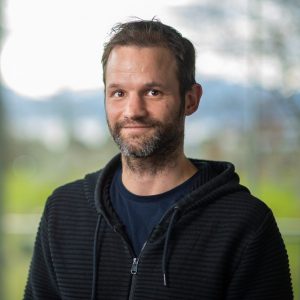 |
Michael Taschner – Research scientist
michael.taschner[a]unil.ch
+41-21-692-5611
2010-2017 – Postdoc – Lorentzen lab, Max Planck Institute of Biochemistry, Munich, Germany
2005-2009 – Ph. D. Biochemistry – Svejstrup lab, UCL, UK
2000-2004 – Diploma Biology – University of Vienna, Austria
|
Former lab members
Anna Anchimiuk, PhD student, now @ Roche, Switzerland
Alrun Basfeld, Intern, now @ WuXi Biologics, Leverkusen, Germany
Mélanie Beraud, Postdoctoral fellow, now senior technician @ Université de Mons, Mons, Belgium
Martin Blettinger, Technician, now @ Hexal Sandoz, Munich, Germany
Florian Bock, PhD student, now @ Venning lab, Lausanne, Switzerland
Frank Bürmann, PhD student, now Welcome Trust Career Development Fellow @ University of Oxford, UK
Marie-Laure Diebold-Durand, Postdoctoral fellow, now @IGBMC Strasbourg, France
Alexandre Durand, Postdoctoral fellow, now EM Facility Manager – Inserm @IGBMC Strasbourg, France
Victor Gimenez-Oya, Postdoctoral fellow, now @ LMU Munich, Germany
Franziska Kemter, Postdoctoral fellow
Daniel Meyer, Technician, now @ Max Planck Institute for Quantum Optics, Munich, Germany
Anita Minnen, PhD student, now Postdoc @ Max Planck Institute of Biochemistry, Munich, Germany
Laura Ruiz Avila, Postdoctoral fellow, now @ Extedo, Munich, Germany
Jae Shin, Postdoc, now Senior Researcher @ NanoLund, Sweden
Young-Min Soh, Postdoctoral fellow, now fellow @ NIH, US
Chris Toseland, Postdoctoral fellow, Professor, University of Sheffield, UK
Roberto Vazquez Nunez, PhD student, now Postdoctoral fellow @ MIT, US
Larissa Wilhelm, PhD student, now @ Novartis, Vienna, Austria
